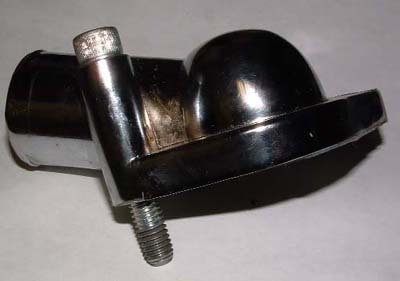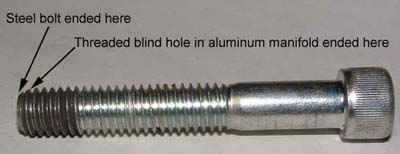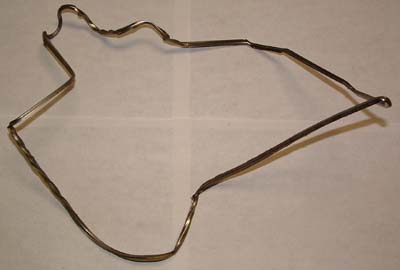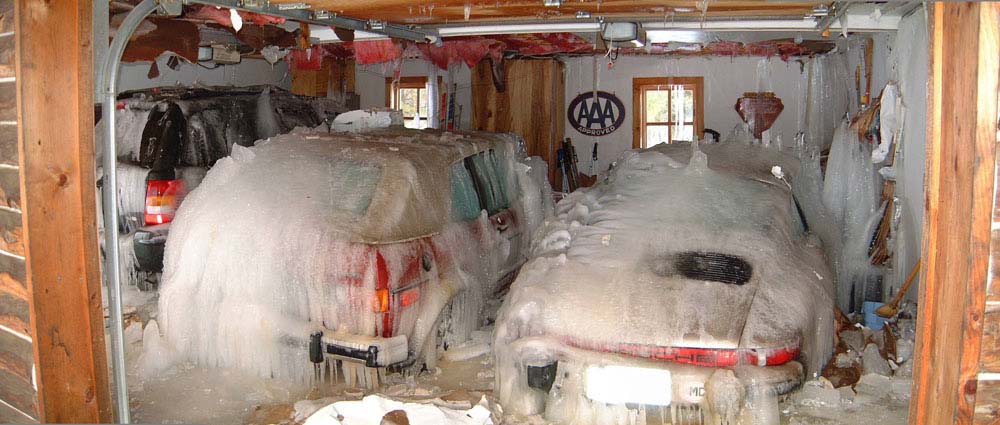JoeMac's Camaro Repair Hall of Shame
(or how to document your own idiocy and publish it for all to see)
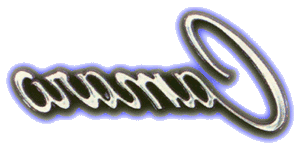
Mistakes.
There are many resources on the web that explain in detail how to do things.
The purpose of this page is to explain in detail how NOT to do things.
Read on...



